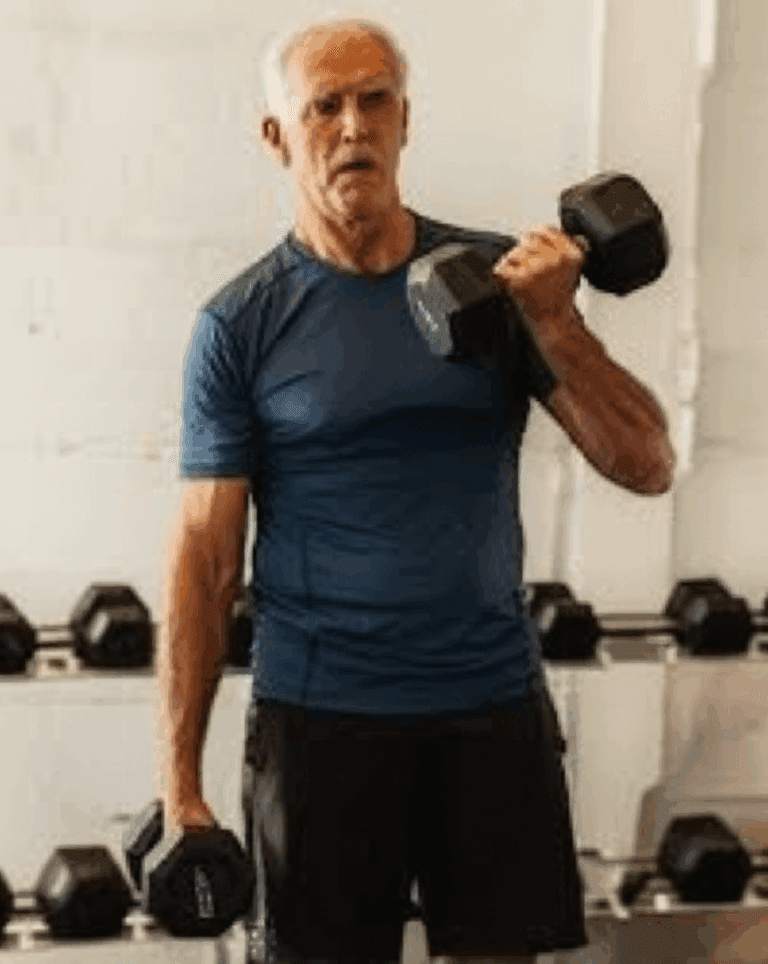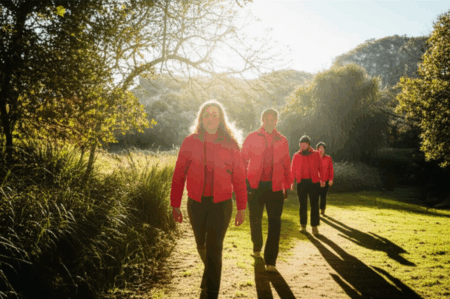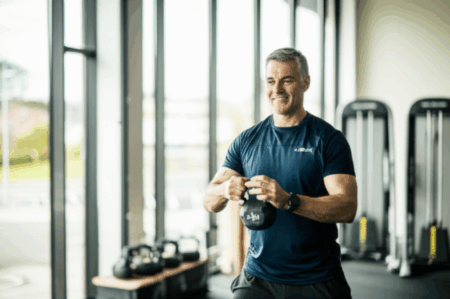As the years accumulate, many adults wonder how to maintain their vitality, independence, and physical capability. While the natural aging process brings changes, a growing body of evidence, championed by fitness experts, highlights strength training as a cornerstone for healthy aging. Rather than just a pastime, it’s a critical investment in longevity and quality of life, acting as “body armor” against decline.
Fitness trainer Marfred Suazo, known online as Fonz the Trainer, emphasizes that for older adults, strength training should be a primary focus. It’s not just about building big muscles; it’s about preserving skeletal muscle, which he calls the “organ of longevity,” to prevent falls, maintain the ability to perform daily tasks like carrying groceries or climbing stairs, and even combat conditions like osteopenia and osteoporosis. To achieve this, Suazo outlines six essential strength training pillars that older adults should master.
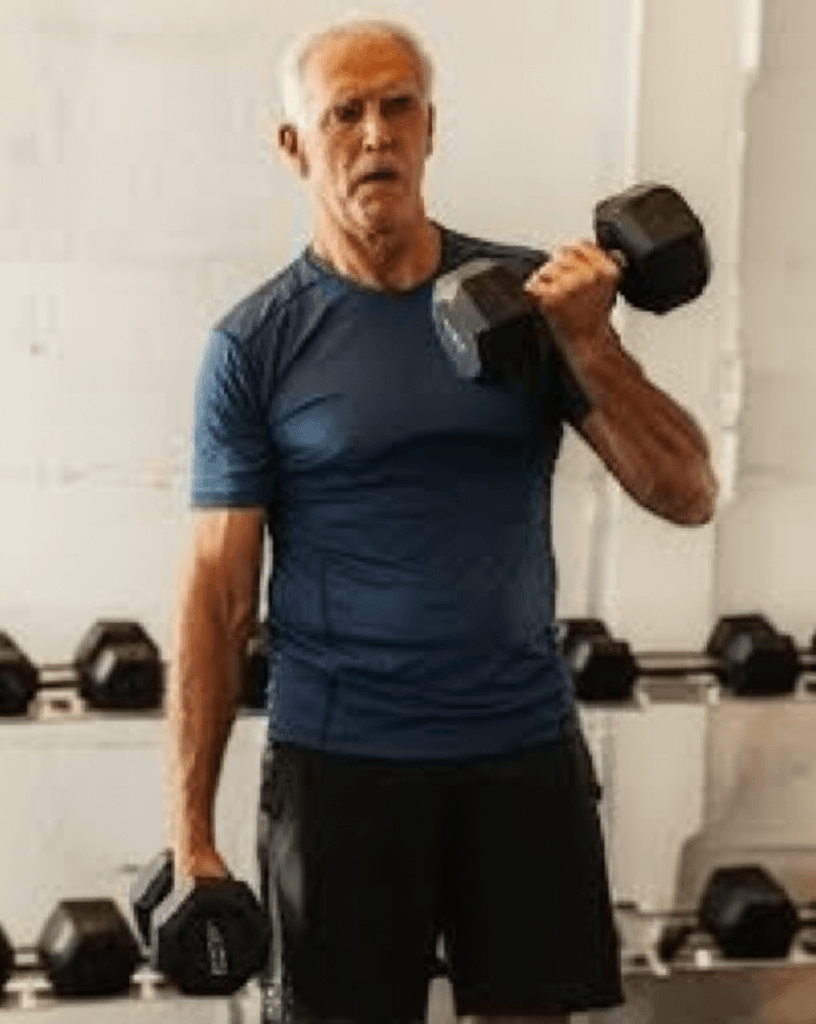
Why Strength Training Becomes Crucial with Age
The human body naturally experiences a decline in muscle mass and strength, a process known as sarcopenia, beginning as early as the 30s and accelerating after 60. This loss can significantly impact daily living activities, with approximately 30% of adults over 70 facing mobility issues. Regular strength training can counteract this decline, stimulating muscle and bone growth, improving bone density, and enhancing overall physical independence. Beyond physical benefits, it contributes to improved mental and emotional well-being.
Health agencies, including the CDC, recommend that adults, particularly those aged 65 and older, engage in strength training at least two days per week. The good news is that older adults can build muscle and recover from strength training just as effectively as younger individuals, provided they follow proper principles.
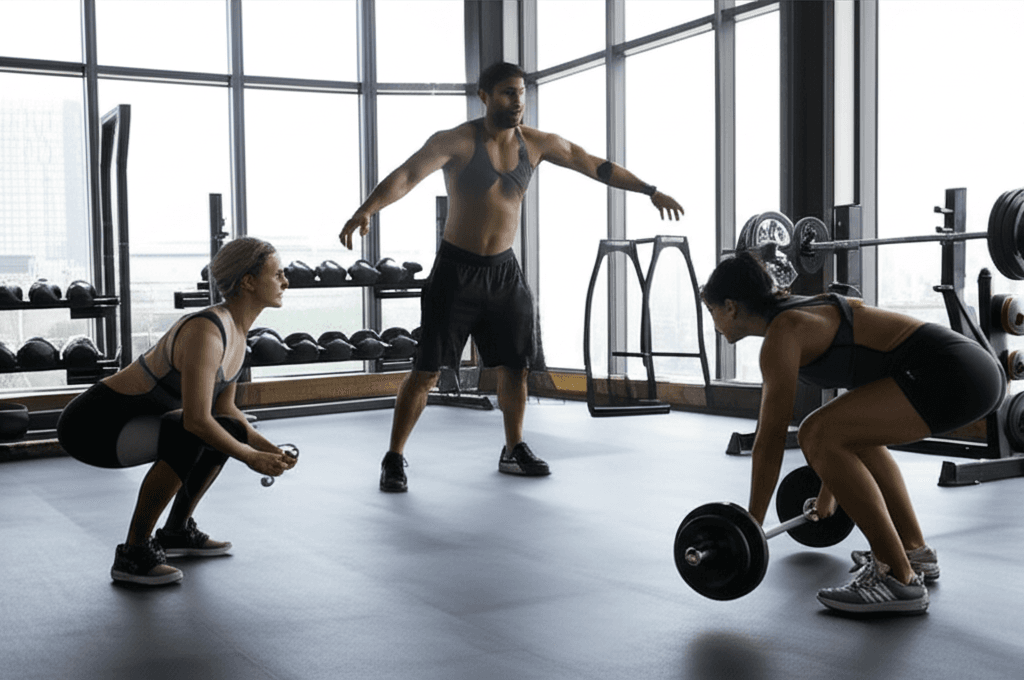
The 6 Essential Pillars of Strength Training
According to Marfred Suazo, older adults should structure their training around six core movement patterns to ensure functional fitness and target all major areas of the body. These pillars are:
1. Push Movements
Push exercises involve moving weight away from the body, primarily engaging the chest, shoulders, and triceps. These movements are vital for everyday actions such as pushing open a heavy door, getting up from a chair with arm support, or even maintaining good posture.
- Examples: Push-ups (can be modified to wall or incline push-ups), bench presses, chest presses, and dips.
2. Pull Movements
Pull movements involve bringing weight towards the body, targeting the back muscles and biceps. These are crucial for tasks like opening stubborn drawers, lifting objects off the floor, or rowing a boat. Strengthening these muscles helps balance the body, preventing the hunched-forward posture that can develop with age.
- Examples: Pull-ups (assisted or modified), chin-ups, dumbbell rows, bent-over rows, and lat pulldowns.
3. Carry Movements
Carrying involves holding weight while walking, which significantly improves posture, stability, and grip strength. This pillar directly translates to real-world tasks such as carrying groceries, luggage, or grandchildren. It engages the shoulders, upper back, core, and hips. Suazo advises aiming to carry at least 70% of one’s body weight.
- Examples: Farmer’s carries (walking with weights in both hands), suitcase carries (walking with weight in one hand).
4. Hinge Movements
“Hinging at the hip is crucial,” says Suazo, as it allows for bending over and extending the hips, which are fundamental to many daily activities. These hip-dominant movements work the glutes, hamstrings, and the entire posterior chain (muscles along the back of the body). This movement is essential for safely picking things up from the floor, gardening, or tying shoes.
- Examples: Deadlifts (can be modified with lighter weights or resistance bands), hip thrusts, kettlebell swings, and good mornings.
5. Squat Movements
The squat is an essential lower body movement that targets the quadriceps, glutes, and core. It is fundamental for actions like sitting down and standing up from a chair, climbing stairs, and maintaining overall leg strength and balance.
- Examples: Bodyweight squats, goblet squats (holding a weight at the chest), back squats, and chair squats (sit-to-stands).
6. Overhead Press Movements
Overhead press movements involve pushing weight above the head, working the shoulders and triceps. This pillar is important for reaching for items on high shelves, placing objects in overhead compartments, or even improving overall shoulder mobility.
- Examples: Dumbbell overhead presses, barbell overhead presses, and landmine presses.
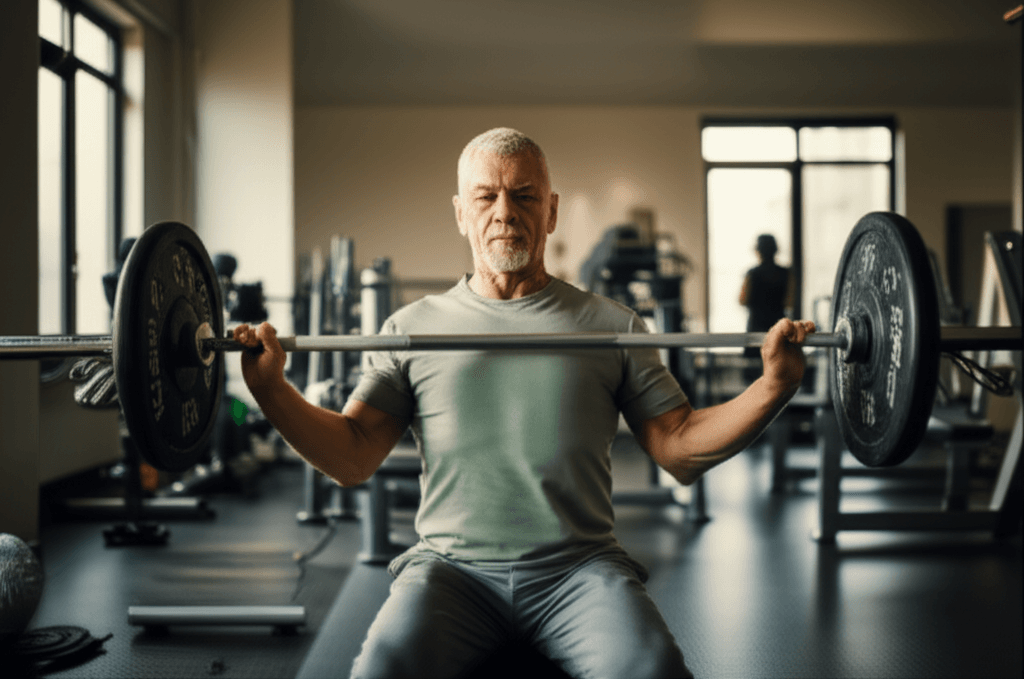
Principles for Safe and Effective Strength Training for Seniors
To maximize benefits and minimize injury risk, older adults should adhere to several core principles:
- Start Slowly and Focus on Form: Beginners should always prioritize learning proper form with bodyweight exercises before adding external resistance. Controlled movements are key to avoiding injury.
- Progressive Overload: As muscles adapt and grow stronger, it’s essential to gradually increase the resistance or intensity to continue challenging the body. This could mean heavier weights, more repetitions, or additional sets.
- Consistency is Key: Aim for 2-3 strength training sessions per week, allowing for rest days for recovery. Consistent effort over time yields lasting results.
- Listen to Your Body: It’s normal to feel challenged, but pain is a signal to stop. Recovery times can be longer for older adults, so patience and avoiding overexertion are crucial.
- Incorporate a Full-Body Approach: Ensure your routine includes exercises that work all major muscle groups, ideally hitting the six pillars.
- Consult Your Doctor: Before starting any new exercise program, especially if you have existing health conditions, it’s vital to consult with a healthcare provider for guidance. They can help determine appropriate modifications and ensure safety.
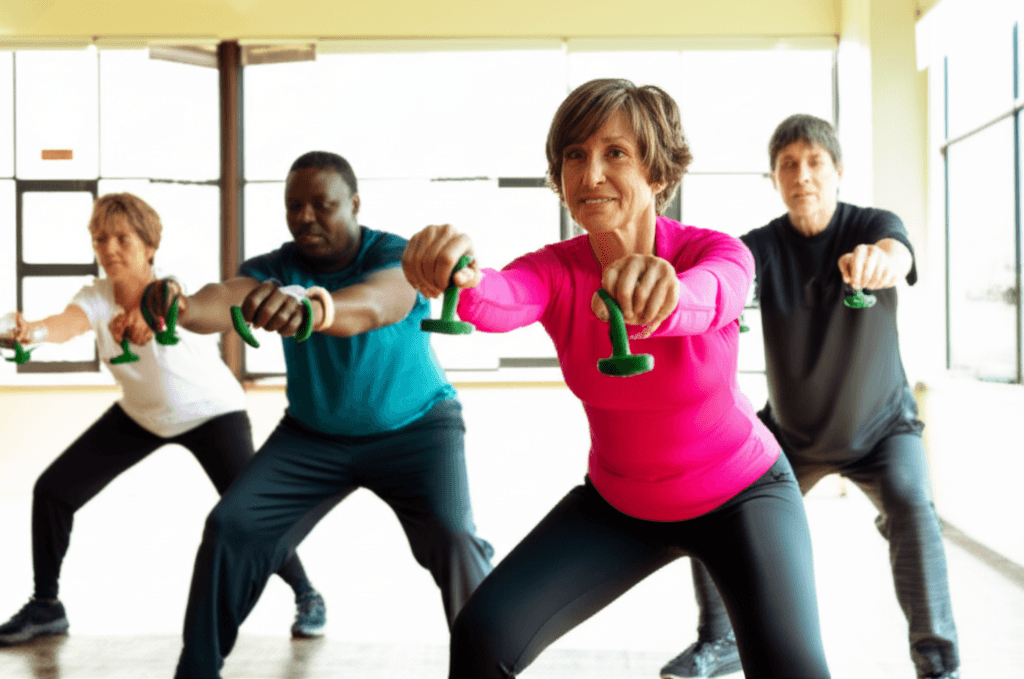
Beyond the Pillars: A Holistic Approach
While the six pillars focus on strength, Suazo also emphasizes the “tripod effect” – combining strength training with cardiovascular activity and mobility exercises. This holistic approach ensures overall fitness, improving heart health, flexibility, balance, and coordination, all of which are critical for an active and independent lifestyle in later years.
Embracing these six pillars of strength training, combined with a mindful approach to progression and overall well-being, empowers older adults to not only maintain but significantly enhance their physical capabilities, truly mastering movement for a stronger, more fulfilling life.




